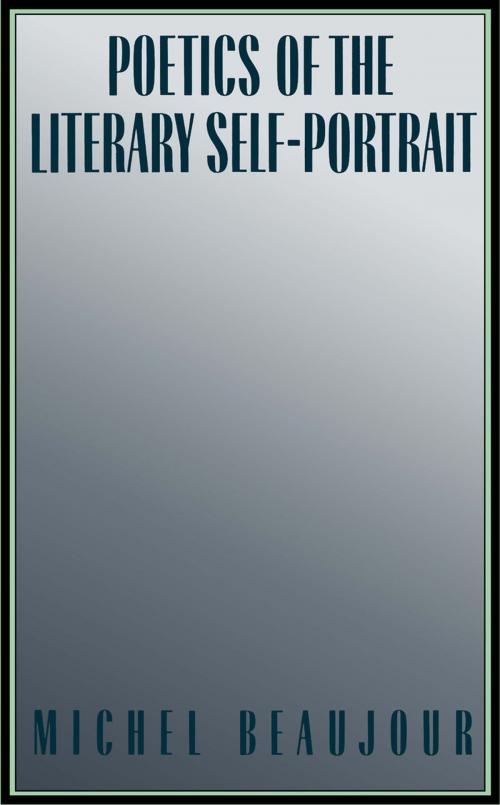Poetics of the Literary Self-Portrait
Fiction & Literature, Literary Theory & Criticism, Poetry History & Criticism| Author: | Michel Beaujour | ISBN: | 9780814786116 |
| Publisher: | NYU Press | Publication: | October 1, 1992 |
| Imprint: | NYU Press | Language: | English |
| Author: | Michel Beaujour |
| ISBN: | 9780814786116 |
| Publisher: | NYU Press |
| Publication: | October 1, 1992 |
| Imprint: | NYU Press |
| Language: | English |
A serious and independent contribution to the literature of autobiography.
-- John SturrockFrench StudiesClearly a landmark study. It seems certain to provoke a great deal of productive debate among those concerned with any of the many issues it raises.
-- Comparative Literature
The literary self-portrait, often considered to be an ill- formed autobiography, is receiving more attention as a result of the current obsession with personal narrative, but little progress has been made toward an understanding of its specific features. With Poetics of the Literary Self-Portrait, Michel Beaujour reveals the hidden ambitions of this genre. From St. Augustine to Montaigne, from Nietzsche to Malraux, Leiris and Barthes, individual self-portraits are analyzed jointly with the enduring cultural matrix from which self-portrayal derives its disconcerting non-narrative structure, and many of its recurrent topics.
A serious and independent contribution to the literature of autobiography.
-- John SturrockFrench StudiesClearly a landmark study. It seems certain to provoke a great deal of productive debate among those concerned with any of the many issues it raises.
-- Comparative Literature
The literary self-portrait, often considered to be an ill- formed autobiography, is receiving more attention as a result of the current obsession with personal narrative, but little progress has been made toward an understanding of its specific features. With Poetics of the Literary Self-Portrait, Michel Beaujour reveals the hidden ambitions of this genre. From St. Augustine to Montaigne, from Nietzsche to Malraux, Leiris and Barthes, individual self-portraits are analyzed jointly with the enduring cultural matrix from which self-portrayal derives its disconcerting non-narrative structure, and many of its recurrent topics.















